Herbs are among the most important ingredients in cooking. Choosing the right varieties and amounts of herbs for a particular dish can mean the difference between a meal that’s just okay, and one that's an absolute supernova of flavor. Try making tabbouleh without parsley or pho without Thai basil or some cilantro type herbs and you will quickly see what I mean. Herbs can completely change, deepen, complicate, and enhance the flavor profile of just about anything you cook. To be honest, I’m not sure I’ve eaten a meal that didn’t have some herb component in like ten years (with the exception of burgers and hot dogs, I guess).
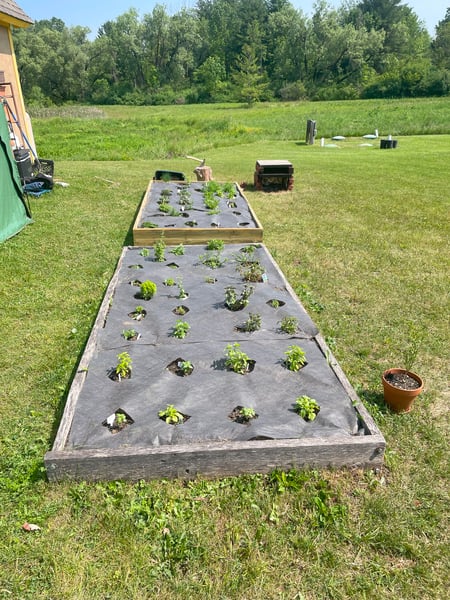 Since moving to a place where I can actually grow my own herbs, I’ve been lucky enough to be able to expand my herbaceous repertoire. Most I’ve known about and tasted before but have never had regular access to. Some I’ve only heard about, and some I had never heard of before finding seedlings for sale at the farmer's market. So in the interest of spreading the bounty of my newfound experience, here’s a quick rundown of some less common herbs that I think are worth seeking out if you have the opportunity.
Since moving to a place where I can actually grow my own herbs, I’ve been lucky enough to be able to expand my herbaceous repertoire. Most I’ve known about and tasted before but have never had regular access to. Some I’ve only heard about, and some I had never heard of before finding seedlings for sale at the farmer's market. So in the interest of spreading the bounty of my newfound experience, here’s a quick rundown of some less common herbs that I think are worth seeking out if you have the opportunity.
Tulsi Basil
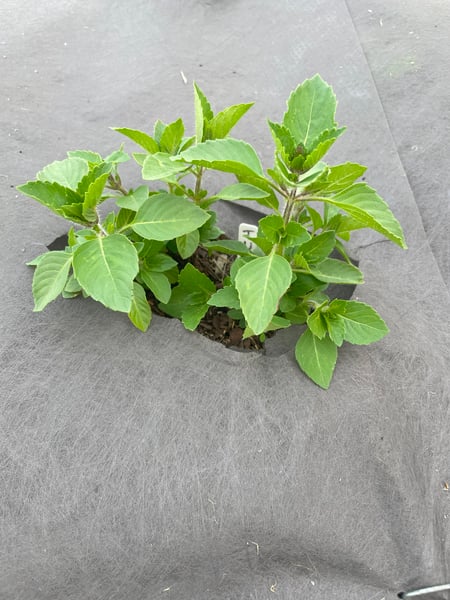 Also known as holy basil, this hearty basil variety has an incredible musky aroma that bolsters the familiar basil scent with a strong hit of baking spice and floral notes. This is a common ingredient in many South and Southeast Asian cuisines and is perhaps my favorite basil variety on planet earth.
Also known as holy basil, this hearty basil variety has an incredible musky aroma that bolsters the familiar basil scent with a strong hit of baking spice and floral notes. This is a common ingredient in many South and Southeast Asian cuisines and is perhaps my favorite basil variety on planet earth.
Spicy Bush Basil
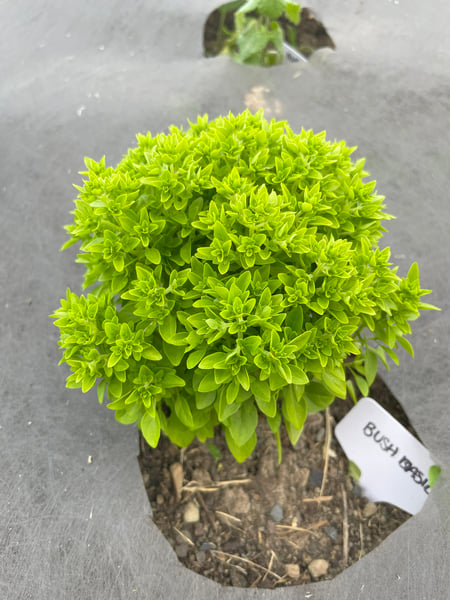 This tiny leaf basil variety (the leaves pictured here are no bigger than one centimeter across) basically just tastes like a somewhat stronger version of the basil you know and love, but look how stinkin’ cute it is! Perfect for garnish.
This tiny leaf basil variety (the leaves pictured here are no bigger than one centimeter across) basically just tastes like a somewhat stronger version of the basil you know and love, but look how stinkin’ cute it is! Perfect for garnish.
African Blue Basil
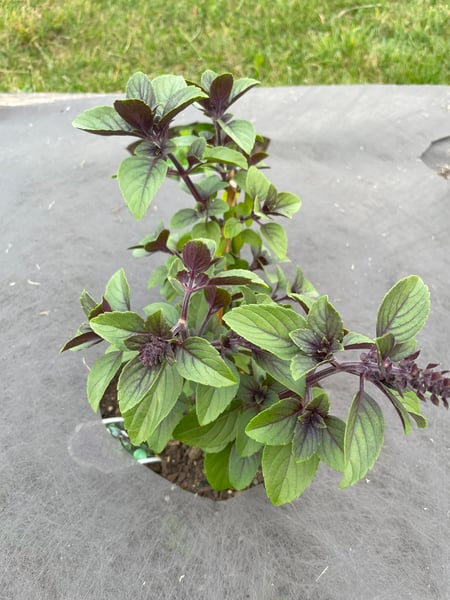 An incredibly vital herb with a strong clove component rounding out its aroma. Not only delicious, but strikingly beautiful, and it lasts for weeks (literally) if clipped and kept in a vase of water as a decorative bouquet.
An incredibly vital herb with a strong clove component rounding out its aroma. Not only delicious, but strikingly beautiful, and it lasts for weeks (literally) if clipped and kept in a vase of water as a decorative bouquet.
Vietnamese Coriander/Rau Ram
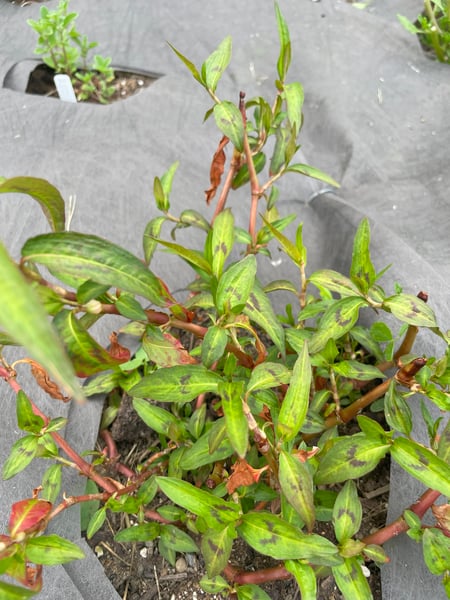 This uncommon herb is like a 5x strength cilantro crossed with the flavor of fresh green coriander seeds plus an electrifying citrus like aspect. It is probably my favorite of the herbs I’m growing for the first time. This is a critical element in the Malaysian soup Laksa (high on the list of the world's best soups, maybe at the top of it), but is worth experimenting with in many different dishes.
This uncommon herb is like a 5x strength cilantro crossed with the flavor of fresh green coriander seeds plus an electrifying citrus like aspect. It is probably my favorite of the herbs I’m growing for the first time. This is a critical element in the Malaysian soup Laksa (high on the list of the world's best soups, maybe at the top of it), but is worth experimenting with in many different dishes.
Indian Lemongrass
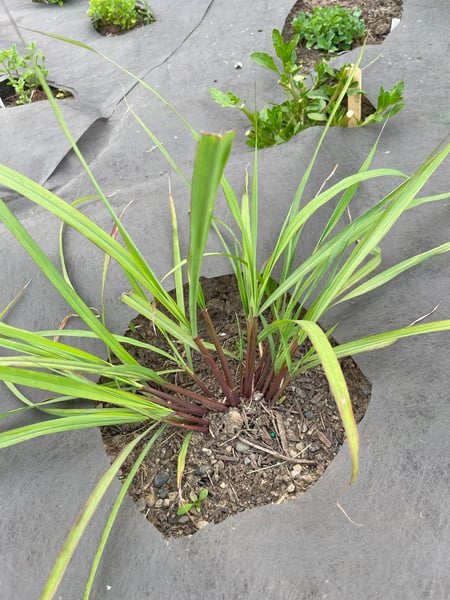 The flavor and usage is basically the same as the more common Thai lemongrass, but has the added thrill of being able to grow from seed to maturity in one growing season where I live (zone 5b), plus the purple stalks are pretty.
The flavor and usage is basically the same as the more common Thai lemongrass, but has the added thrill of being able to grow from seed to maturity in one growing season where I live (zone 5b), plus the purple stalks are pretty.
Epazote
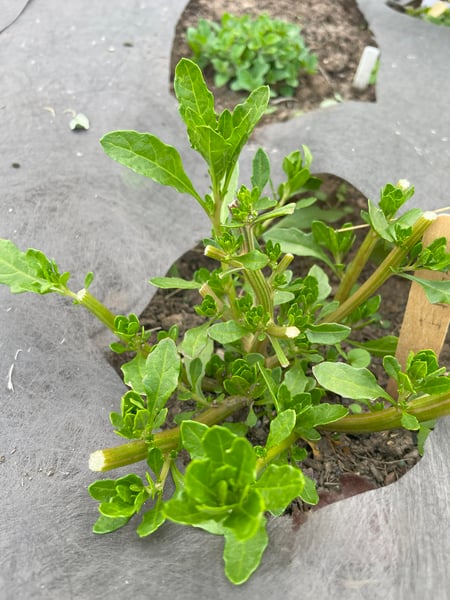 Depending on the culture you grew up surrounded by, this may not be such an uncommon herb, but it's still unusual enough to most folks in the northern hemisphere that I figured I’d include it. Epazote is an herb commonly used in Mexican cooking, particularly common in the preparation of black beans, but certainly not limited to just that. The flavor of this herb is incredibly hard to describe, but I once heard a chef say it tasted the way gasoline smells, but in a good way. This is as close to accurate as I can get, and it doesn’t sound very appetizing. However, this is a truly delicious and unique herb and is well worth investigating if you’ve never used it before. It is one of the (multitude of) reasons the cooking at a good Mexican restaurant is so hard to replicate.
Depending on the culture you grew up surrounded by, this may not be such an uncommon herb, but it's still unusual enough to most folks in the northern hemisphere that I figured I’d include it. Epazote is an herb commonly used in Mexican cooking, particularly common in the preparation of black beans, but certainly not limited to just that. The flavor of this herb is incredibly hard to describe, but I once heard a chef say it tasted the way gasoline smells, but in a good way. This is as close to accurate as I can get, and it doesn’t sound very appetizing. However, this is a truly delicious and unique herb and is well worth investigating if you’ve never used it before. It is one of the (multitude of) reasons the cooking at a good Mexican restaurant is so hard to replicate.
Chervil
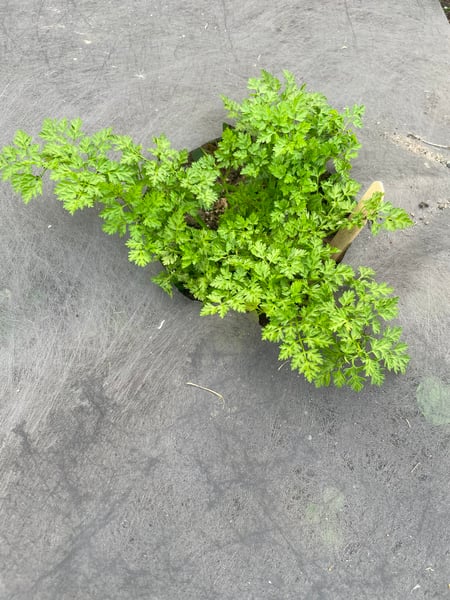
Similar in flavor to parsley, but with a little something extra, and extremely adorable tiny little leaves. This herb is common in the UK, and some European mainland countries, but is not commonly used in the U.S. Not a life changing herb (like rau ram or tulsi or epazote), but worth having around just because of how nice it looks, and to help give your dishes that little something extra.
Lemon Verbena
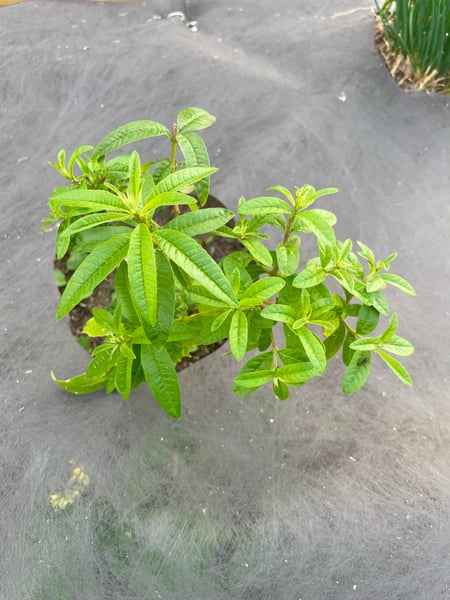 The most refined in form and flavor of the lemony herbs, in my opinion. The leaves are a bit tough, so they need to be chopped fine or infused when used for cooking (this herb is most commonly deployed as a tea). Just exactly what you’re hoping for when someone describes the flavor of something that isn’t a lemon as “lemony.”
The most refined in form and flavor of the lemony herbs, in my opinion. The leaves are a bit tough, so they need to be chopped fine or infused when used for cooking (this herb is most commonly deployed as a tea). Just exactly what you’re hoping for when someone describes the flavor of something that isn’t a lemon as “lemony.”
Winter Savory
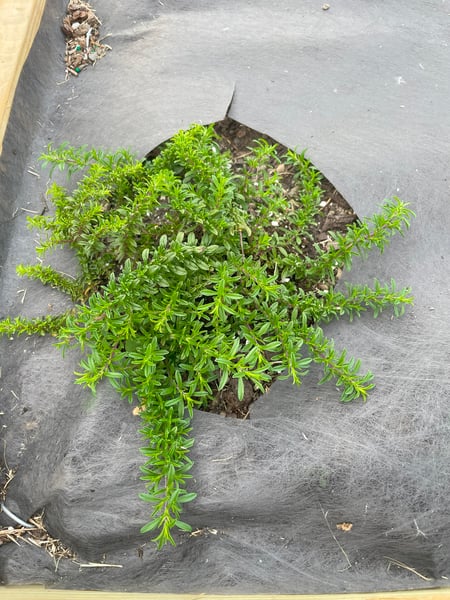 Imagine a hearty cross between the flavors of thyme and rosemary, but less heavy handed, and also with notes of half a dozen other ineffable warming aromas. And the name truly fits; my last round of winter savory was still growing in January (probably not because of climate change; probably nothing to worry about).
Imagine a hearty cross between the flavors of thyme and rosemary, but less heavy handed, and also with notes of half a dozen other ineffable warming aromas. And the name truly fits; my last round of winter savory was still growing in January (probably not because of climate change; probably nothing to worry about).
Sweet Woodruff
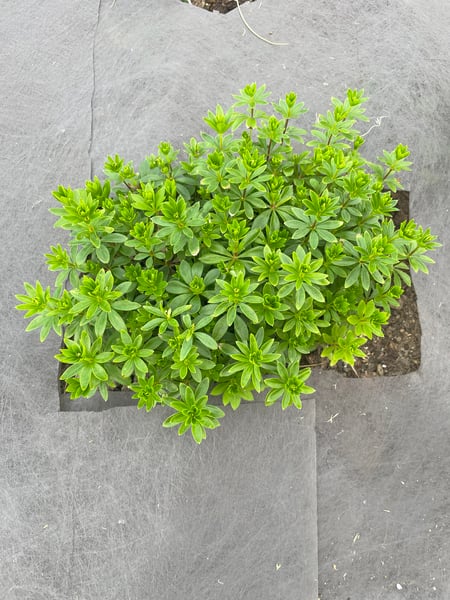 A really lovely delicate flavor. Somewhere between a light tarragon flavor, vanilla, and Tonka bean woodruff makes a lovely companion to basically every fruit based dessert (especially pie) you may want to make in summer. This one also happens to be quite cute, but I’m a sucker for a whorled leaf pattern.
A really lovely delicate flavor. Somewhere between a light tarragon flavor, vanilla, and Tonka bean woodruff makes a lovely companion to basically every fruit based dessert (especially pie) you may want to make in summer. This one also happens to be quite cute, but I’m a sucker for a whorled leaf pattern.
Curly Parsley
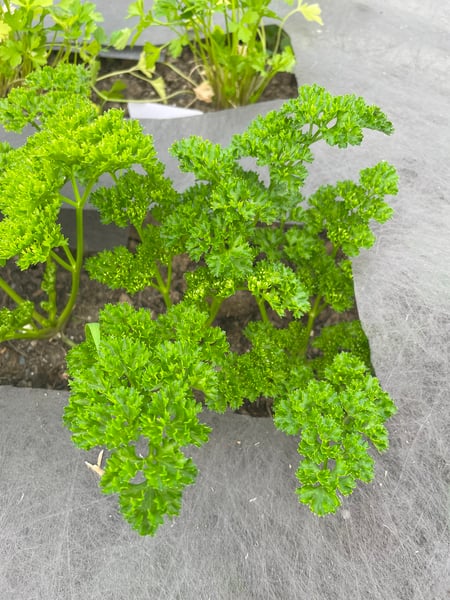
I blame the Food Network and cookbook writers for the decline of curly parsley over the last few decades, but despite the food scene at large’s inexplicable obsession with its flat leaf sibling, the curly variety has a lot going for it. It has a bold parsley flavor, and if you need finely chopped parsley, the super high surface area of these leaves mean it basically explodes like confetti into tiny pieces the moment you take a knife to it. It may not be fashionable at the moment, but mark my words: curly parsley is due for a comeback.
If this post has you craving a wonderfully herbaceous meal, why not level up your herb usage skills at the same time by learning a bit about vegetarian cuisine which makes regular and expert use of herbs at our upcoming Vegetarian Boot Camp class.











